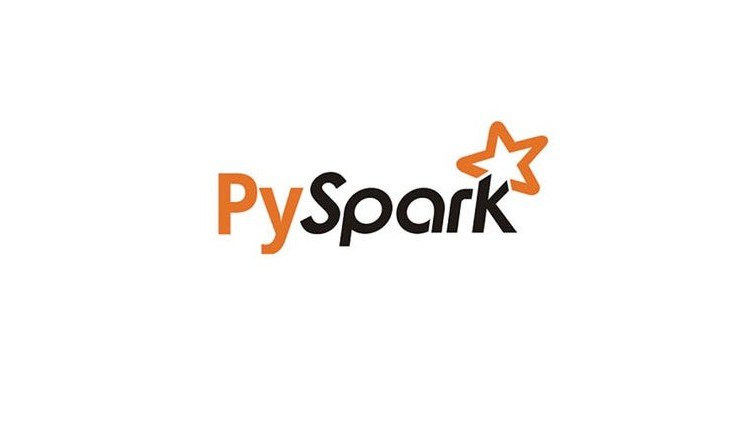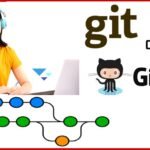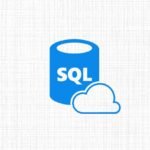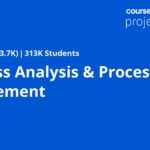PySpark Interview Questions and Answers Preparation Practice Test | Freshers to Experienced
Welcome to the ultimate PySpark Interview Questions Practice Test course! Are you preparing for a job interview that requires expertise in PySpark? Do you want to solidify your understanding of PySpark concepts and boost your confidence before facing real interview scenarios? Look no further! This comprehensive practice test course is designed to help you ace your PySpark interviews with ease.
With PySpark becoming increasingly popular in the realm of big data processing and analysis, mastering its concepts is crucial for anyone aspiring to work in data engineering, data science, or analytics roles. This course covers six key sections, each meticulously crafted to cover a wide range of PySpark topics:
PySpark Basics: This section delves into the fundamentals of PySpark, covering everything from its installation and setup to understanding RDDs, DataFrames, SQL operations, and MLlib for machine learning tasks.
Data Manipulation in PySpark: Here, you’ll explore various data manipulation techniques in PySpark, including reading and writing data, transformations, actions, filtering, aggregations, and joins.
PySpark Performance Optimization: Learn how to optimize the performance of your PySpark jobs by understanding lazy evaluation, partitioning, caching, broadcast variables, accumulators, and tuning techniques.
PySpark Streaming: Dive into the world of real-time data processing with PySpark Streaming. Explore DStreams, window operations, stateful transformations, and integration with external systems like Kafka and Flume.
PySpark Machine Learning: Discover how to leverage PySpark’s MLlib for machine learning tasks. This section covers feature extraction, model training and evaluation, pipelines, cross-validation, and integration with other Python ML libraries.
Advanced PySpark Concepts: Take your PySpark skills to the next level with advanced topics such as UDFs, window functions, broadcast joins, integration with Hadoop, Hive, and HBase.
But that’s not all! In addition to comprehensive coverage of PySpark concepts, this course offers a plethora of practice test questions in each section. These interview-style questions are designed to challenge your understanding of PySpark and help you assess your readiness for real-world interviews. With over [insert number] practice questions, you’ll have ample opportunities to test your knowledge and identify areas for improvement.
Here are sample practice test questions along with options and detailed explanations:
Question: What is the primary difference between RDDs and DataFrames in PySpark?
A) RDDs support schema inference, while DataFrames do not.
B) DataFrames provide a higher-level API and optimizations than RDDs.
C) RDDs offer better performance for complex transformations.
D) DataFrames are immutable, while RDDs are mutable.
Explanation: The correct answer is B) DataFrames provide a higher-level API and optimizations than RDDs. RDDs (Resilient Distributed Datasets) are the fundamental data structure in PySpark, offering low-level API for distributed data processing. On the other hand, DataFrames provide a more structured and convenient API for working with structured data, akin to working with tables in a relational database. DataFrames also come with built-in optimizations such as query optimization and execution planning, making them more efficient for data manipulation and analysis tasks.
Question: Which of the following is NOT a transformation operation in PySpark?
A) map
B) filter
C) collect
D) reduceByKey
Explanation: The correct answer is C) collect. In PySpark, map, filter, and reduceByKey are examples of transformation operations that transform one RDD or DataFrame into another. However, collect is an action operation, not a transformation. collect is used to retrieve all the elements of an RDD or DataFrame and bring them back to the driver program. It should be used with caution, especially with large datasets, as it collects all the data into memory on the driver node, which can lead to out-of-memory errors.
Question: What is the purpose of caching in PySpark?
A) To permanently store data in memory for faster access
B) To reduce the overhead of recomputing RDDs or DataFrames
C) To distribute data across multiple nodes in the cluster
D) To convert RDDs into DataFrames
Explanation: The correct answer is B) To reduce the overhead of recomputing RDDs or DataFrames. Caching in PySpark allows you to persist RDDs or DataFrames in memory across multiple operations so that they can be reused efficiently without recomputation. This can significantly improve the performance of iterative algorithms or when the same RDD or DataFrame is used multiple times in a computation pipeline. However, it’s important to use caching judiciously, considering the available memory and the frequency of reuse, to avoid excessive memory consumption and potential performance degradation.
Question: Which of the following is NOT a window operation in PySpark Streaming?
A) window
B) reduceByKeyAndWindow
C) countByWindow
D) mapWithState
Explanation: The correct answer is D) mapWithState. In PySpark Streaming, window, reduceByKeyAndWindow, and countByWindow are examples of window operations used for processing data streams over a sliding window of time. These operations allow you to perform computations on data within specified time windows, enabling tasks such as aggregations or windowed joins. On the other hand, mapWithState is used for maintaining arbitrary state across batches in PySpark Streaming, typically for stateful stream processing applications.
Question: What is the purpose of a broadcast variable in PySpark?
A) To store global variables on each worker node
B) To broadcast data to all worker nodes for efficient joins
C) To distribute computation across multiple nodes
D) To aggregate data from multiple sources
Explanation: The correct answer is B) To broadcast data to all worker nodes for efficient joins. In PySpark, broadcast variables are read-only variables that are cached and available on every worker node in the cluster. They are particularly useful for efficiently performing join operations by broadcasting smaller datasets to all worker nodes, reducing the amount of data shuffled across the network during the join process. This can significantly improve the performance of join operations, especially when one dataset is much smaller than the other. However, broadcast variables should be used with caution, as broadcasting large datasets can lead to excessive memory usage and performance issues.
Whether you’re a beginner looking to break into the world of big data or an experienced professional aiming to advance your career, this PySpark Interview Questions Practice Test course is your ultimate companion for success. Enroll now and embark on your journey to mastering PySpark and acing your interviews!


























